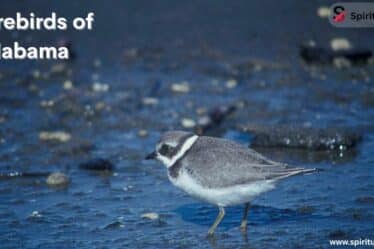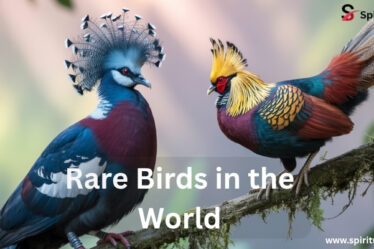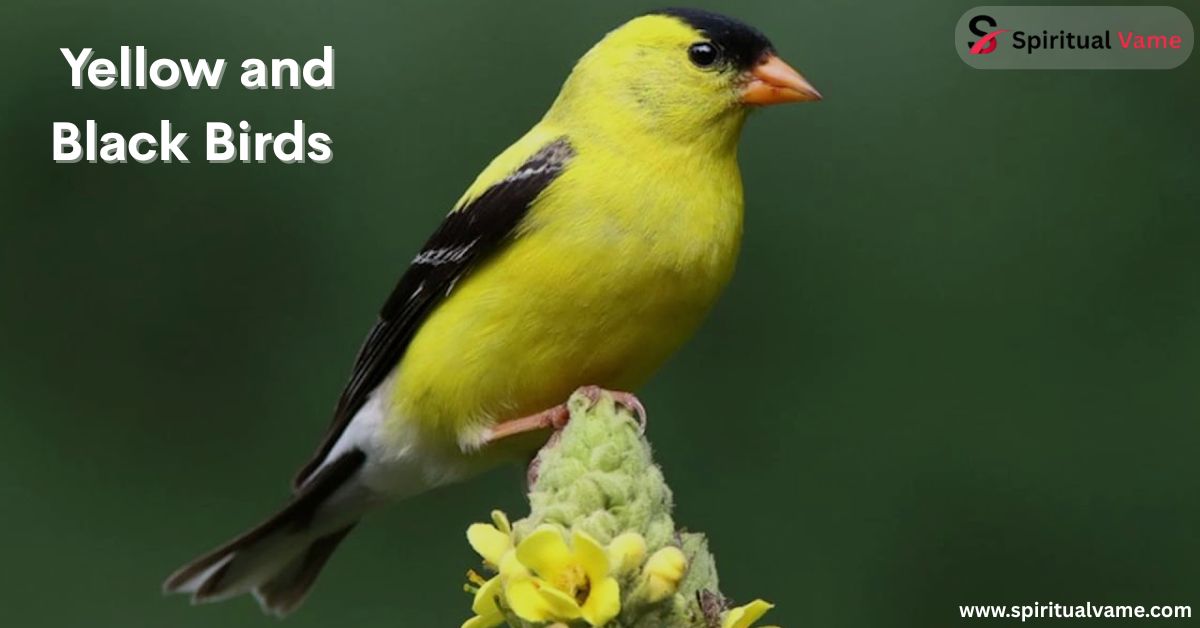
If you’ve ever wandered through a wetland or open grassland and spotted a bird with bright yellow feathers mixed with deep black, you know how striking these birds can be. Across the USA, nature lovers and bird watchers get especially excited when they catch sight of these bold songbirds. From the Yellow-Headed Blackbird to the lively Western Tanager, these yellow and black birds bring color and life wherever they go. Their vibrant plumage, unique calls, and interesting behavior make them favorites for photographers and hobbyists alike. Many of these birds live in various habitats like shrubs, wetlands, or forests, each displaying different foraging and nesting habits.
Some species, like the Common Yellowthroat, prefer dense thickets, while others like the Eastern Meadowlark thrive in open fields. These birds don’t just dazzle with their looks — their lives are full of migratory journeys, territory battles, and careful breeding rituals. Their songs often fill the air as they defend nesting areas or call out to mates. The variety in their sizes, plumage, and song patterns adds richness to the birding world, making every sighting feel like a small discovery.
Now Trending
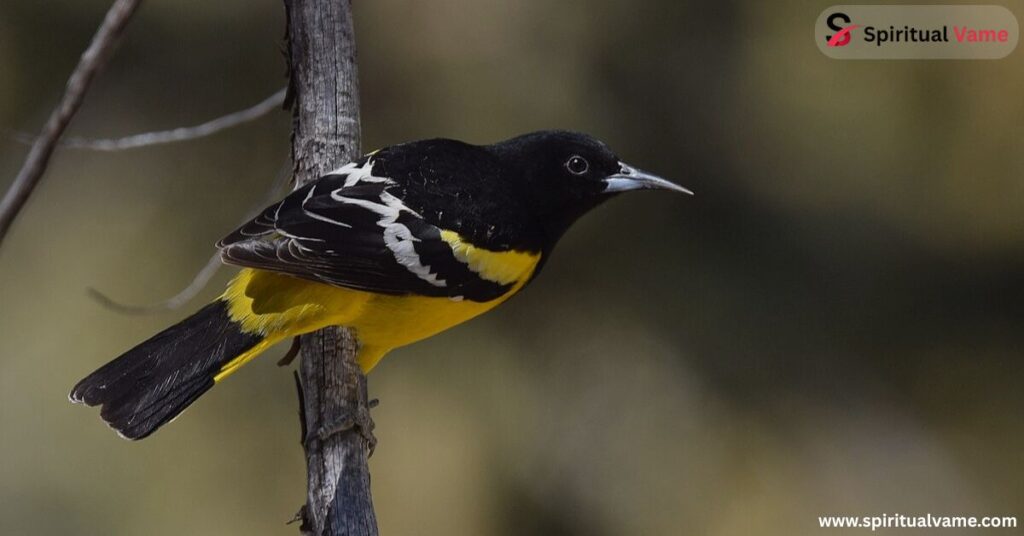
Lately, there’s been a growing interest in yellow and black birds, especially among social media nature communities and bird enthusiasts. Thanks to their eye-catching colors and easily recognizable features, species like the Yellow-Headed Blackbird have become online favorites. Videos of these birds singing from wetland reeds or feeding in flocks of blackbirds have gained thousands of views. The rising concern over habitat loss, climate change, and pesticide use has also encouraged more people to pay attention to local bird species.
People now share tips for spotting these birds in different seasons, from spring migration to summer breeding. You might hear a Yellow-Headed Blackbird’s distinctive, rusty-hinge-like call while walking by a marsh, or see a bright American Goldfinch feasting on seeds in a backyard feeder. The blend of beauty, song, and ecological importance makes these birds a rising trend in wildlife conversations and nature appreciation.
Yellow-Headed Blackbird
The Yellow-Headed Blackbird stands out as one of North America’s most remarkable birds. With a bold, bright yellow head and deep black body, it’s impossible to miss. Found mostly in wetland habitats, especially across the western and central USA during breeding season, these birds love areas with thick reeds and marshy edges. Males often perch on tall stalks, delivering a loud, metallic song that sounds a bit like an old gate creaking open.
During migration, these blackbirds gather in enormous flocks, sometimes mixed with other species like Common Grackles and Red-Winged Blackbirds. Their diet is varied and includes insects, spiders, seeds, and grains. Males boldly defend their territories, often performing display flights and chasing away rivals. Females build cup-shaped nests suspended from tall aquatic plants where they lay pale eggs. Watching these birds fluttering through wetlands, their golden heads shining against dark water, is a sight many birders remember for a lifetime.
American Goldfinch
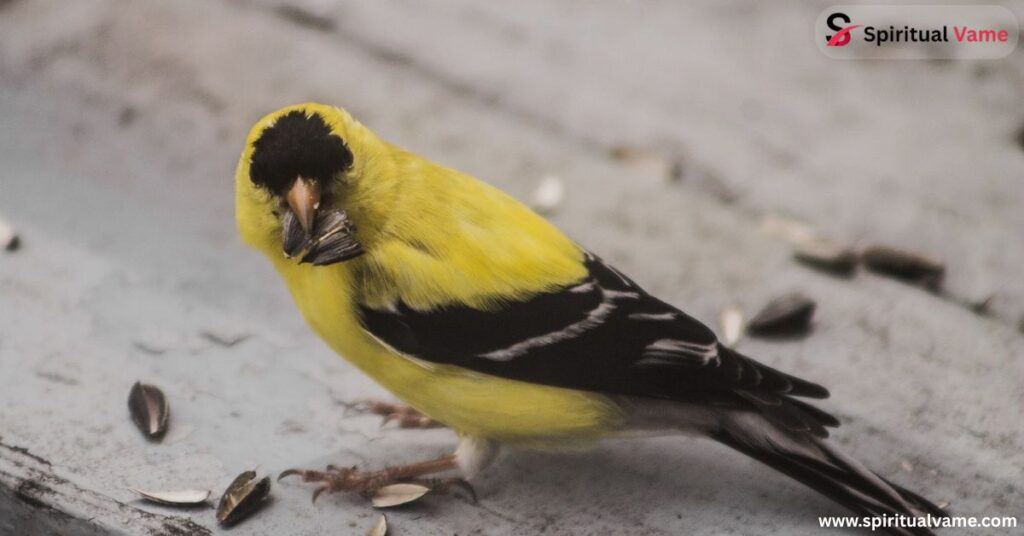
The American Goldfinch is a small, cheerful finch known for its bright yellow plumage and musical, twittering song. Commonly seen in backyards, meadows, and along roadsides, this bird feeds mainly on seeds from thistles and sunflowers. During breeding season, males turn a stunning lemon-yellow with black wings and a cap on their heads, while females wear duller, olive-brown shades.
They’re late nesters, waiting until midsummer when seed-producing plants are abundant. Agile in flight, American Goldfinches often travel in small flocks and bounce through the air with a rolling flight pattern. Their ability to thrive in both urban parks and rural fields makes them one of America’s most beloved passerine birds.
Scott’s Oriole
If you venture into the dry, open woodlands and desert scrub of the American Southwest, you might spot the radiant Scott’s Oriole. This striking bird features a black head, back, and chest, contrasted with a bright yellow belly and underparts. Unlike other oriole species, it prefers yucca-dotted hillsides and pinyon-juniper woodlands.
The Scott’s Oriole is a skilled forager, using its strong bill to extract insects and nectar from flowers. Its clear, whistling song echoes through canyons during early mornings and evenings. While not as widespread as some relatives, this bird leaves a lasting impression with its bold colors and melodic presence.
Western and Eastern Meadowlark
The Western Meadowlark and Eastern Meadowlark are close relatives that share similar appearances but differ in their songs and ranges. Both wear vibrant yellow chests marked with a bold black V across their throats. The Western Meadowlark tends to sing a sweet, flute-like series of notes, while the Eastern Meadowlark has a clearer, whistled call.
Living in open grasslands, prairies, and meadows, these birds build their nests on the ground, carefully hidden among grasses. Their diets include insects, spiders, and seeds, and they play an important role in maintaining healthy field ecosystems. Both species face threats from modern farming practices and habitat destruction, making conservation efforts crucial for their survival.
Common Yellowthroat
A small but lively warbler, the Common Yellowthroat is easy to identify thanks to its bright yellow throat and a bold black mask that gives it a bandit-like look. Found throughout much of the USA in dense, shrubby wetlands and overgrown fields, these birds are constant singers, delivering rapid, cheerful calls from hidden perches.
They build cup-shaped nests near the ground and stay well-hidden while raising their chicks. Their diet includes small insects, spiders, and occasionally berries. Because of their secretive behavior and preference for thick vegetation, they’re more often heard than seen, making them a delightful challenge for birdwatchers.
Hooded Warbler
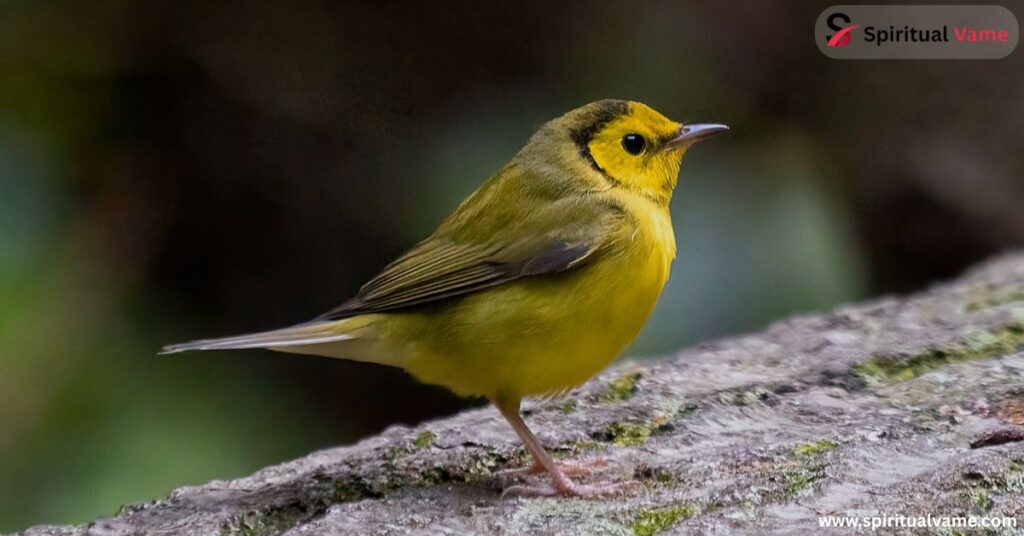
The Hooded Warbler brings a splash of color to the eastern forests, particularly during spring migration. Males display a bright yellow face and underparts, contrasted with a black hood covering the crown, throat, and chest. Females are less vividly colored but share the same sleek shape and behavior.
These songbirds prefer shady, moist forests with thick understory where they can hunt for insects and build well-hidden nests. Their loud, musical songs often give away their location before they’re seen. Like many migratory warblers, they journey to Central America for the winter, facing challenges like habitat loss along the way.
Evening Grosbeak
The bulky, powerful-billed Evening Grosbeak is a finch of northern forests, famous for its thick neck and vibrant coloring. Males wear bright yellow bodies with black and white wings, while females are more muted in gray and olive tones. These birds are especially fond of seeds, berries, and insects and can often be seen visiting feeders in large flocks during winter.
Their loud, sharp calls and gregarious nature make them easy to spot when they visit town parks or mountain retreats. This species has faced population declines in recent years due to changes in forest habitats and food availability, making conservation efforts and habitat protection increasingly important.
Western Tanager
The Western Tanager might be one of the most stunning songbirds of the western USA. Males wear a fiery red-orange head, bright yellow body, and black wings. They inhabit coniferous forests, particularly during breeding season, and are often seen flitting among canopy branches, hunting for insects and berries.
Though shy, their sharp, short calls and striking appearance make them a favorite among birders. Like other migratory species, Western Tanagers travel to Central America for the winter and return north as trees begin to bud. Their colors, reminiscent of summer sunsets, never fail to capture attention.
Beautiful Yellow and Black Birds (Pictures to Help You Correctly Identify)
If you’re eager to explore the world of yellow and black birds, this guide will help you recognize each one by its distinct plumage, size, and song. From the glossy-headed Yellow-Headed Blackbird to the delicate Wilson’s Warbler, these birds fill every corner of the USA’s skies and woodlands with color and sound. Identifying them often means paying close attention to tiny details like a bold mask, a bright belly, or a streak of color on the wings.
Photographs and descriptions can make birding easier for beginners and seasoned watchers alike. Each species has unique behaviors, preferred habitats, and calls. Watching these birds in their natural settings — whether it’s a bustling wetland, a quiet forest canopy, or a sunlit grassland — offers a deeper connection with the natural world.
Conclusion
The Yellow-Headed Blackbird is one of the most beautiful birds in North America. Its bright yellow head and black body make it easy to spot. Many bird watchers love seeing the Yellow-Headed Blackbird in wetlands and marshes. This bird sings a strange, creaky song that makes it even more special. When you see a Yellow-Headed Blackbird, you’ll never forget it.
If you enjoy watching colorful birds, keep an eye out for the Yellow-Headed Blackbird. It’s a true treasure in nature. Learning about the Yellow-Headed Blackbird is fun and exciting. This bird reminds us how beautiful wildlife can be. Everyone should protect the Yellow-Headed Blackbird.

